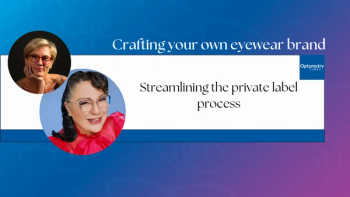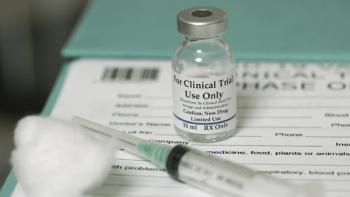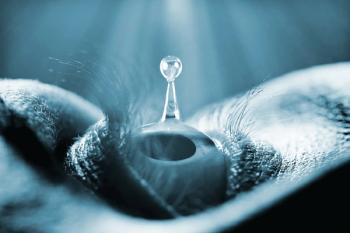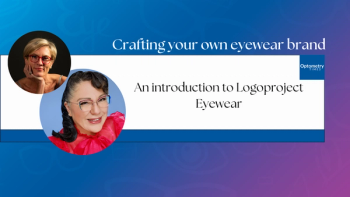
How IPL can help dry eye
With the recent DEWS II Report1 still beginning to make its impact on diagnosis and treatment strategies in dry eye, the timing is perfect to begin rethinking our standard treatment protocols.
With the recent
Topical anti-inflammatories, punctal plugs, heated compresses, and omega supplements are treatments ODs have been recommending with variable results for a decade. Ocular surface specialist Richard Adler, MD, outlines why intense pulsed light (IPL) treatments are quickly becoming a go-to treatment for chronic ocular surface inflammation and should be considered an important addition to your dry eye treatment regimen.
Previously from Defocus Media:
IPL originated as a breakthrough dermatology procedure targeting telangiestatic vessels associated with facial rosacea. High output flashes of light in the wavelength of 500 to 1200 nm are applied to skin; the high heat energy acts to photocoagulate the small telangiestatic blood vessels, improving cosmetic appearance.
Anecdotally, many doctors were surprised to find their patients returning after facial treatment stating their dry eye symptoms had improved as well. By coagulating the telangiectasia, the associated inflammation around the vessel also resolved, seemingly resulting in a quieter ocular surface. Around 2012, pioneering ocular surface specialists adopted the technology to specifically treat ocular rosacea and associated ocular surface inflammation.
The results have been impressive.
Related:
The exact method of action for why meibomian gland function improves is still unknown, but Dr. Adler discusses the common theory that the thermal effect of the pulsed light acts to melt and soften meibum as well as reducing the bacteria and parasitic load on the lid margin that might be exacerbating inflammation.
Because IPL is not technically a laser treatment, state laws may allow easier adoption for optometrists.
Whether you choose to investigate adding this treatment to your own in-office arsenal or establish a referral network with ophthalmologists, the potential for IPL to improve your patient’s ocular surface inflammation is an excellent new addition that deserves to be included in our mainstay dry eye protocol.
References
1. TFOS International Dry Eye WorkShop (DEWS II). Ocular Surf. 2017 Jul;15(6):269-650.
2. Vora GK, Gupta PK. Intense pulsed light therapy for the treatment of evaporative dry eye disease.Curr Opin Ophthalmol. 2015 Jul;26(4):314-8.
Newsletter
Want more insights like this? Subscribe to Optometry Times and get clinical pearls and practice tips delivered straight to your inbox.













































.png)


